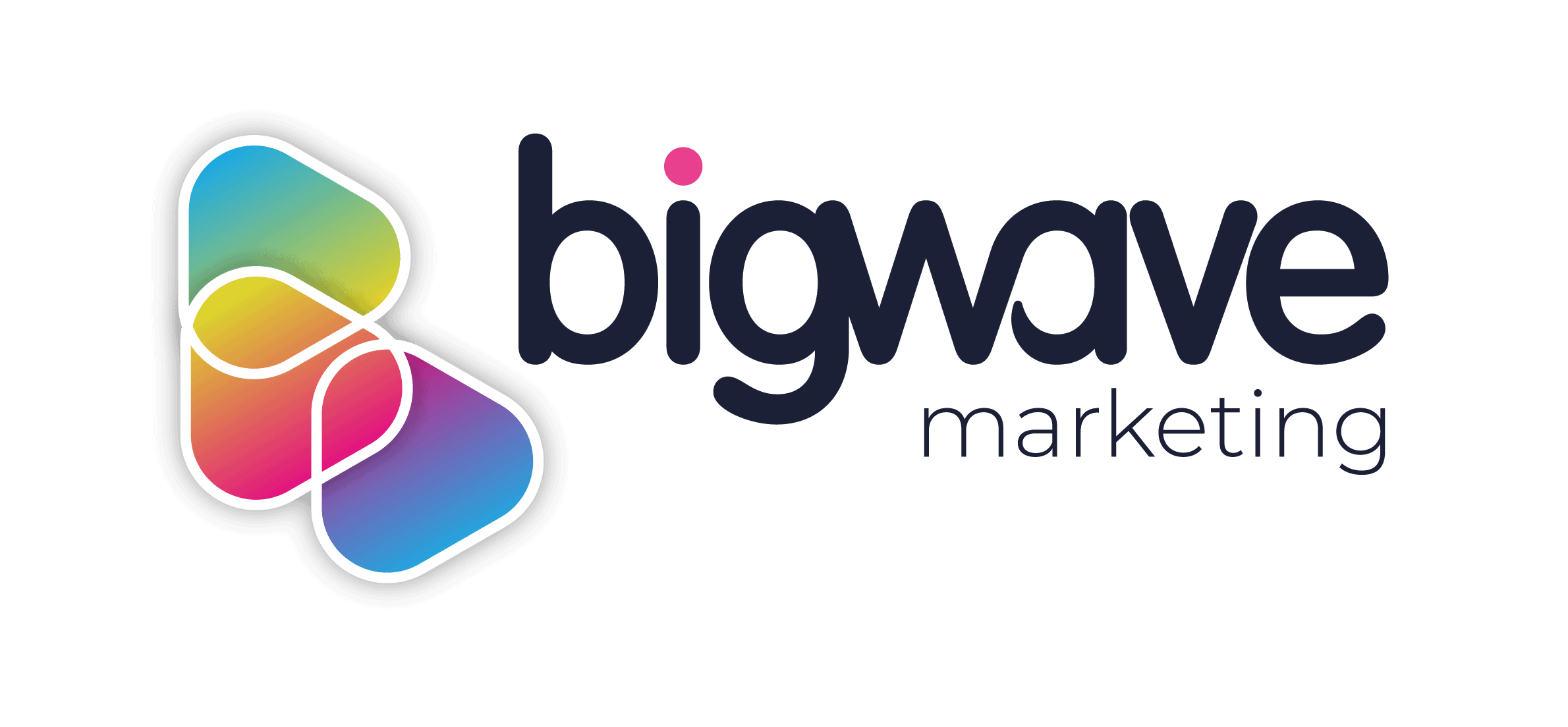Acquiring new customers is only getting harder, more time-consuming, and more expensive. In fact, the cost of acquiring new customers has increased by over 50% in the last five years alone. Many markets are becoming more competitive, marketing is becoming more expensive, and customers are becoming less trusting of brands.
Whilst this might seem doom and gloom, there’s a good reason why companies shouldn’t give up just yet.
Instead of being intimidated by the new challenges, it’s important to view these as an opportunity to work smarter – not harder.
If you’re looking for a smart way to grow your pool of potential customers whilst reducing costs and increasing ROI, you might want to consider marketing automation.
This blog will explore how you can use marketing automation to your advantage, effectively and easily growing your potential customer base and lowering the cost of acquiring new customers. What’s more, we’ll cover how to leverage your loyal customers to create new ones.
Why is customer acquisition important?
It goes without saying that customer acquisition is the lifeblood of businesses, regardless of size, age, or product. It allows your business to:
1. Make the money needed to cover manufacture costs, pay employees, and reinvest in growth
2. Show growth for investors, partners, and influencers
In short, being able to continually attract and convert new customers keeps companies healthy and growing.
Which channels can you use to increase your pool of potential customers?
There are a whole host of different channel types that you could use, including paid, free, inbound, and outbound.
Content Marketing
Content marketing is a really effective customer acquisition method for any business. Feeding into SEO and brand identity, creating new, useful, and relevant content is one of the key ways to grab your audience’s attention and direct them to your website.
For example, running a blog allows you to explore different topics, show off your industry knowledge, and build authority among your readers. Your audience can also engage with you beyond the original post, whether that’s through a graphic they can bookmark for later or share on social media, a question they can answer in the comments, or a call-to-action they can click.
Not every business has the time or resources to write their own blogs, so a dedicated copywriting service might be the answer.
You can also leverage gated content to encourage new potential customers to exchange their details with you. Ebooks, guides, and other types of gated content typically involve more in-depth, valuable content. To access this valuable content, readers must submit personal information like email addresses. This then gives you leads to follow up on or to feed into your email campaigns.
Content marketing can be automated in several different ways. You can schedule blog posts to go out on specific days, you can automatically schedule email round-ups of your latest content pieces, or there’s even dedicated content marketing automation software that pulls your content straight onto your social media channels.
Social Media
Social media marketing has two branches: organic and paid.
Organic social media is most useful for boosting brand awareness, developing a company personality, and sharing content you’ve published elsewhere (like from your blog or videos).
There are around 3.8 billion active users on social media sites, so posting can seem a little like putting your message out into the void. However, having the right strategy is key to success.
For example, if you’re targeting an audience of mostly men, Pinterest wouldn’t be the best place to start (only 15% of men use Pinterest). Targeting millennials would need posts on TikTok, Instagram, Facebook, and Snapchat.
Organic social media posts can be automated to be posted at specific times on specific dates, as well as curating content for republishing, triaging routine customer queries, and producing analytics reports.
Paid social media (sometimes called PPC or Paid Media) might be a better option for your business. Paying for social media advertisements and exposure almost guarantees that your content lands in front of your audience, without having to build up a network of loyal followers. PPC can also include paid search rankings, so don’t be fooled into thinking it’s purely social media focused.
Sponsored posts on Facebook, Twitter, and Instagram deliver your content to the right people, but Facebook Lead Ads also let you gather customer information such as email addresses and names. This information can make the difference between a follower and a lead.
PPC ads can be automated to adjust spend based on customer behaviour and optimize your ad copy based on data feeds, IF statements, and website copy.
Search Marketing
Organic search marketing (or search engine optimization/SEO) complements content marketing efforts by optimizing your content and making it easier for your target audience to find.
When you Google something, you’re most likely to click on the first result you see. SEO aims to optimise content and website structure so your business’ website shows up high in the search engine results page (SERP).
SEO is a popular customer acquisition method because it tends to be very cost-effective and gets results. In fact, SEO and organic growth have also been reported as the #1 inbound marketing priority for companies around the world.
Although front-end SEO (optimising keywords and the content of your website) is possible to do in-house, it’s unlikely that you’ll have the resources to successfully manage technical or back-end SEO (optimising the technical structure of your website that allows search engines, crawlers, and bots to better understand and rank your website).
Whilst it’s always best to leave SEO to the experts since the entire SEO process is far too complicated for all of it to be automated, there are certain aspects of SEO that can be. This includes researching keywords, monitoring performance, conducting site crawls, and analysing backlinks.
Email Marketing
Email marketing might seem old-fashioned, but it’s actually a highly effective way to stay in touch with your customers and promote quality content, product information, and any discounts or events.
Email marketing is a personalised, direct line to your potential or current customer. Outside of direct sales, there’s no better acquisition tactic than email marketing that gets to the heart of the individual customer.
Email automation software lets you create and schedule emails that are designed to engage, intrigue, and convert your leads. Automation software also gives you detailed reports on how many people opened and read it, clicked through to your website, sent it on to a friend, and purchased after the email.
In conclusion
Although customer acquisition might seem like a daunting task, it’s clear that the right channels, strategy, and tools can make the job almost easy.
Mixing up and experimenting with different customer acquisition channels can help you learn more about your audience and introduce new tactics to your current strategy, whilst automation can free up time usually spent on laborious and repetitive tasks – leaving you to get on with running your business.
You’ll be able to build an acquisition strategy so successful and agile, it will withstand ever-changing trends and deliver you new potential customers again and again.







